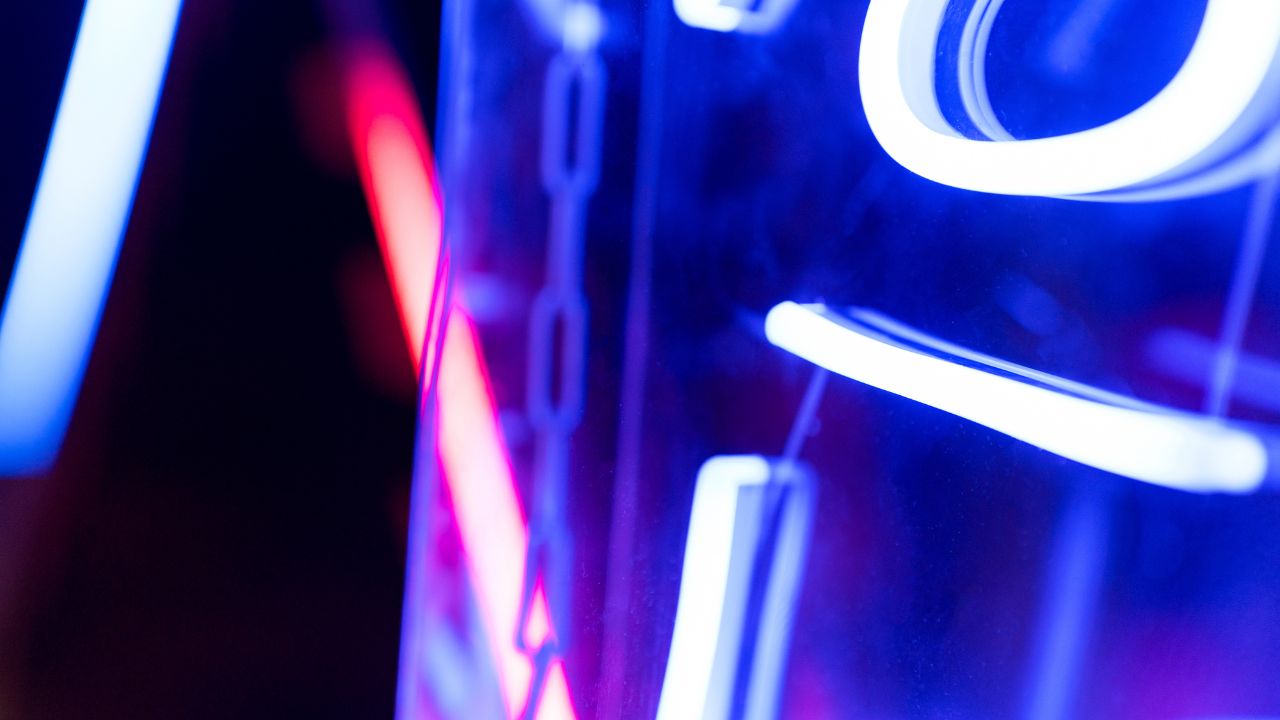Neon light, a captivating element in the visual landscape of modern culture, has continued to fascinate and inspire. This luminous medium, known for its vibrant colors and mesmerizing glow, transcends its utilitarian roots, embodying a unique blend of art, technology, and cultural expression.
The Birth of Neon: A Historical Perspective
The story of neon light begins in the early 20th century, a time of rapid technological advancement. Invented in 1910 by French engineer Georges Claude, neon lighting was initially used for advertising purposes. These glowing tubes soon became synonymous with the hustle and bustle of urban life, illuminating cityscapes with their enchanting light.
Neon in the Artistic Arena
Beyond its commercial use, neon light eventually found a place in the world of art. Artists began experimenting with neon in the mid-20th century, drawn to its potential for creating striking, immersive pieces. Artists like Dan Flavin, Bruce Nauman, and Tracey Emin transformed neon tubes into dynamic works of art, using them to explore themes ranging from the personal to the political.
The Allure of Neon in Design
Neon’s appeal in design is multifaceted. It brings a unique energy to spaces, be it in urban settings, interiors, or art installations. Its ability to shape atmosphere and mood is unparalleled, offering a spectrum of colors that range from warm, inviting hues to cool, futuristic tones. Designers and architects use neon not just for its aesthetic appeal but for its ability to create a narrative within a space.
Neon’s Resurgence in Popular Culture
In recent years, there’s been a resurgence of neon light in popular culture. This renaissance can be attributed to a growing nostalgia for retro aesthetics, as well as an appreciation for neon’s unique ability to blend modern design with a vintage feel. From movies and television shows to fashion and music videos, neon has regained its status as a symbol of contemporary cool.
Technological Innovations and Sustainability
The world of neon lighting has evolved with technological advancements. The development of LED neon has addressed many of the traditional drawbacks of neon, such as energy consumption and environmental impact. These modern alternatives offer the same visual appeal as classic neon but are more energy-efficient, durable, and eco-friendly.
Emotional Impact and Symbolism
Neon light possesses an emotional depth that goes beyond its physical beauty. It can evoke feelings of nostalgia, excitement, melancholy, or futurism. This emotional resonance makes neon a powerful tool in storytelling, whether in art, advertising, or film.
Conclusion
Neon light, in its myriad forms, continues to captivate and inspire. As a bridge between the past and the future, it serves as a luminous reminder of human creativity and our endless quest for beauty and expression. From the buzzing neon signs of city streets to the thought-provoking installations in art galleries, neon light remains a timeless symbol of innovation and imagination, casting its enchanting glow on our world. In the radiant beams of neon, we find a vibrant tapestry of color, light, and life, illuminating our journey through the ever-evolving landscape of culture and design.










Leave a Reply